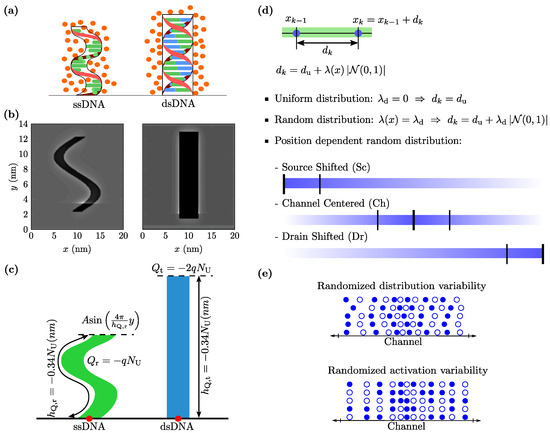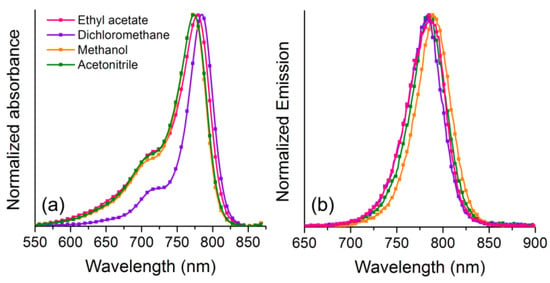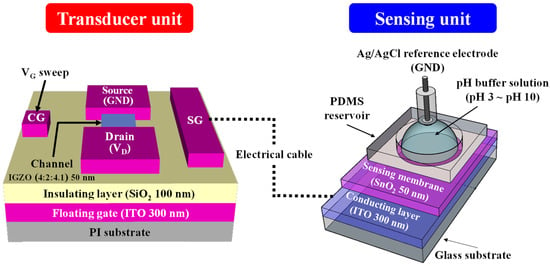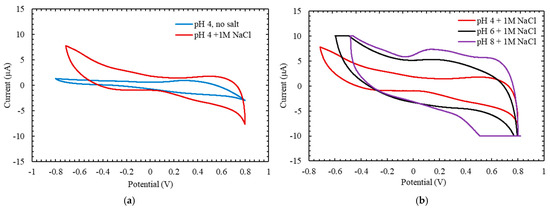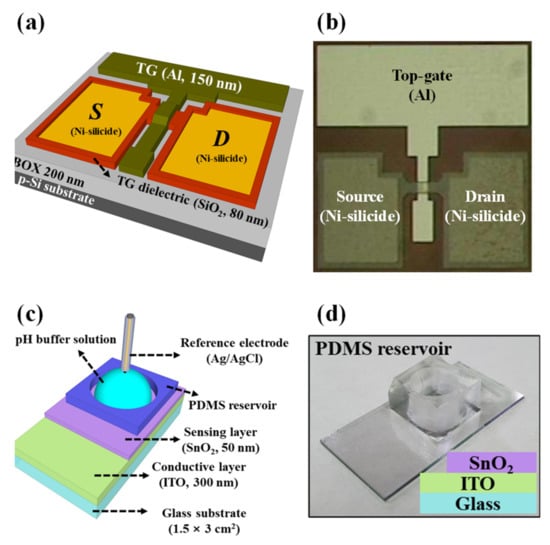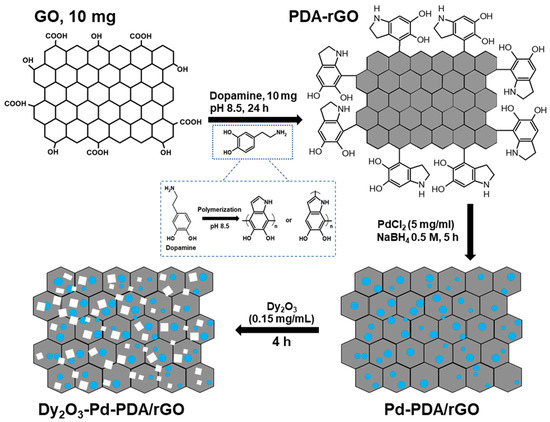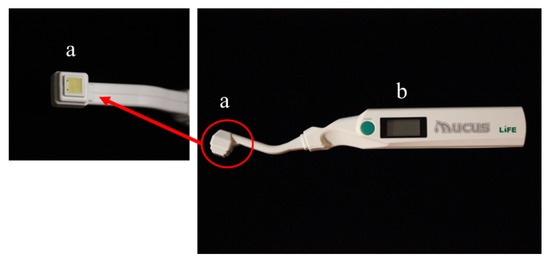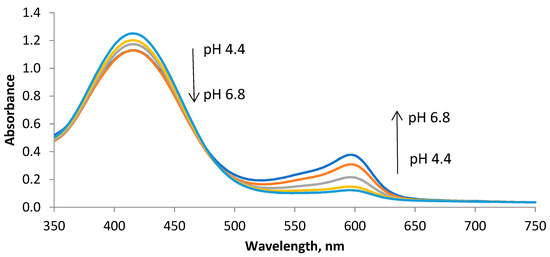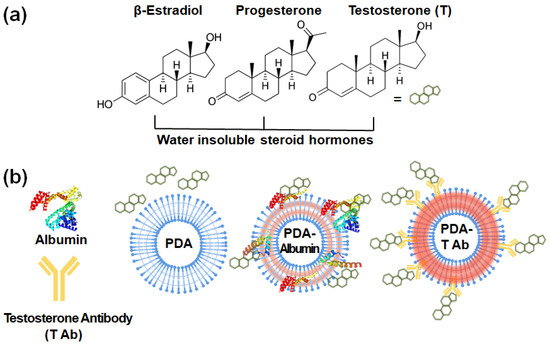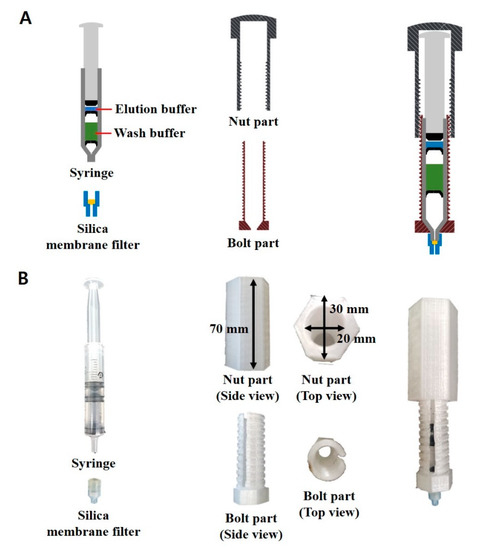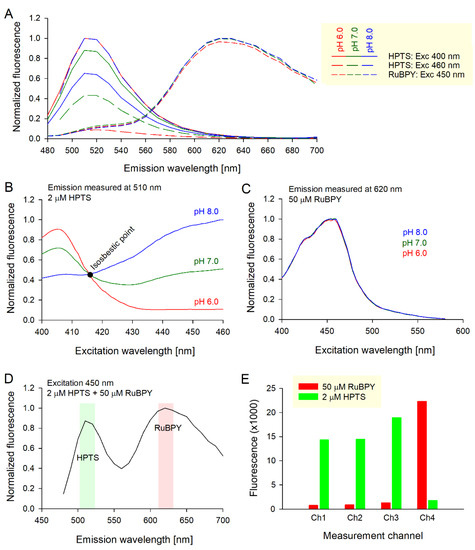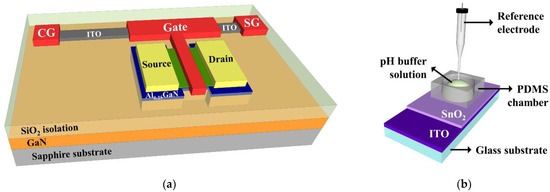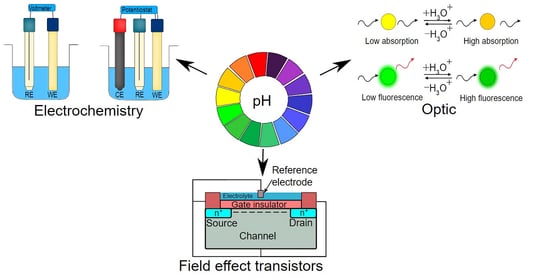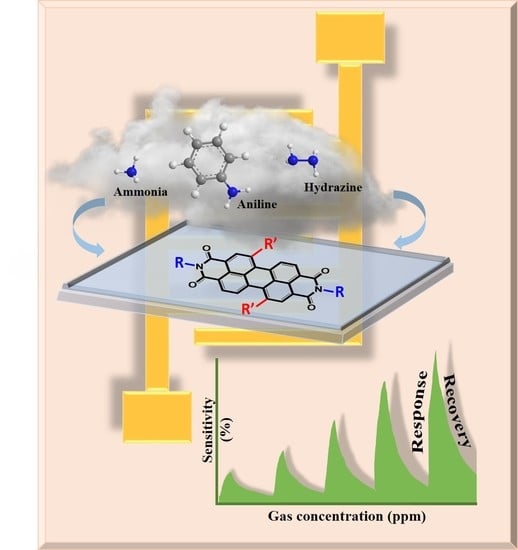pH Sensors, Biosensors and Systems
A topical collection in Chemosensors (ISSN 2227-9040). This collection belongs to the section "Applied Chemical Sensors".
Viewed by 44046Editors
Interests: sensors; biosensors; field effect transistors; bioengineering; bioimaging
Special Issues, Collections and Topics in MDPI journals
Interests: conjugation and labelling of oligonucleotides and peptides for biosensing; theranostics and in-vitro pathway dissection
Special Issues, Collections and Topics in MDPI journals
Topical Collection Information
Dear Colleagues,
The pH value has a key role in the life of many living systems and chemical reactions in nature. Biology and microbiology (e.g., monitoring of bacteria, DNA, enzymes, aminoacids, and cells), environmental protection (e.g., characterization of waste and sea water), food and beverage quality control (e.g., monitoring of fermentation processes, characterization of fruit, drinking water and vegetables), pharmaceutical, cosmetics (quality control of creams, gels, and shampoos), medicine (e.g., monitoring and analysis of culture media, cancer, blood, and cytoplasm), and industry (e.g., chemical baths for paints and plating) are some of the fields where pH sensors have been extensively used to understand the nature of chemical processes, as well as to monitor quality and control safety.
Although paper test strips and glass electrodes are the most common pH sensors, many studies have focused on developing less fragile, miniaturized, and biocompatible sensors with higher sensitivity. The pH value can be measured through various approaches and materials, such as electrochemical and optical sensors, ion-selective field effect transistors (ISFETs), quantum dots, 2D materials, and organic compounds.
The aim of this Topical Collection is to collect the latest findings in the sensors, biosensors, and systems, including mathematical approaches and machine learning techniques, for the measurement of pH.
Dr. Pietro Salvo
Dr. Lorena Tedeschi
Collection Editors
Manuscript Submission Information
Manuscripts should be submitted online at www.mdpi.com by registering and logging in to this website. Once you are registered, click here to go to the submission form. Manuscripts can be submitted until the deadline. All submissions that pass pre-check are peer-reviewed. Accepted papers will be published continuously in the journal (as soon as accepted) and will be listed together on the collection website. Research articles, review articles as well as short communications are invited. For planned papers, a title and short abstract (about 100 words) can be sent to the Editorial Office for announcement on this website.
Submitted manuscripts should not have been published previously, nor be under consideration for publication elsewhere (except conference proceedings papers). All manuscripts are thoroughly refereed through a single-blind peer-review process. A guide for authors and other relevant information for submission of manuscripts is available on the Instructions for Authors page. Chemosensors is an international peer-reviewed open access monthly journal published by MDPI.
Please visit the Instructions for Authors page before submitting a manuscript. The Article Processing Charge (APC) for publication in this open access journal is 2700 CHF (Swiss Francs). Submitted papers should be well formatted and use good English. Authors may use MDPI's English editing service prior to publication or during author revisions.
Keywords
- pH sensors
- pH biosensors
- Chemical sensors
- Optical sensors
- Electrochemical sensors
- Sensing materials (e.g., 2D, organic, inorganic compounds)
- Transistors
- pH sensing principles
- Machine learning and deep learning





